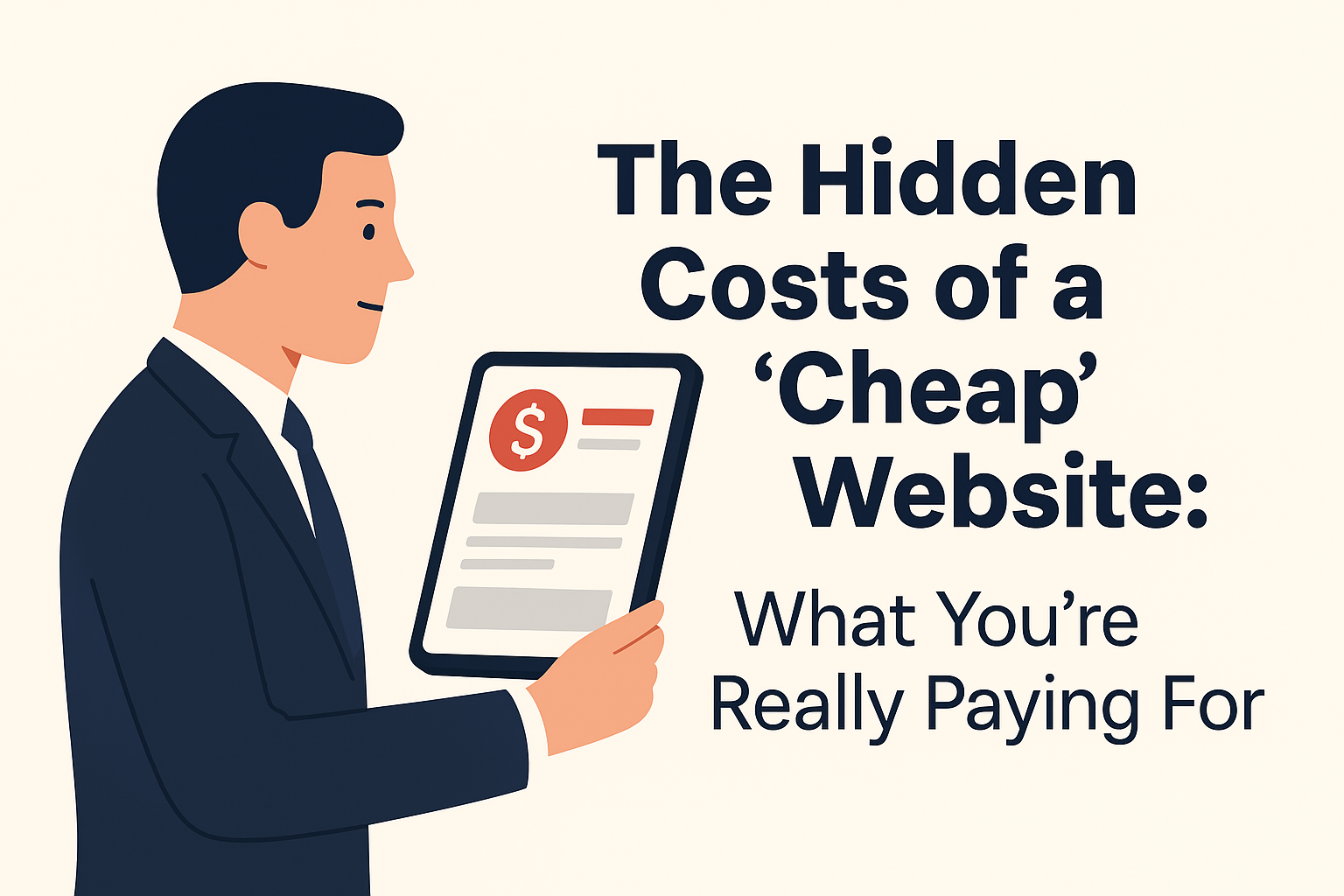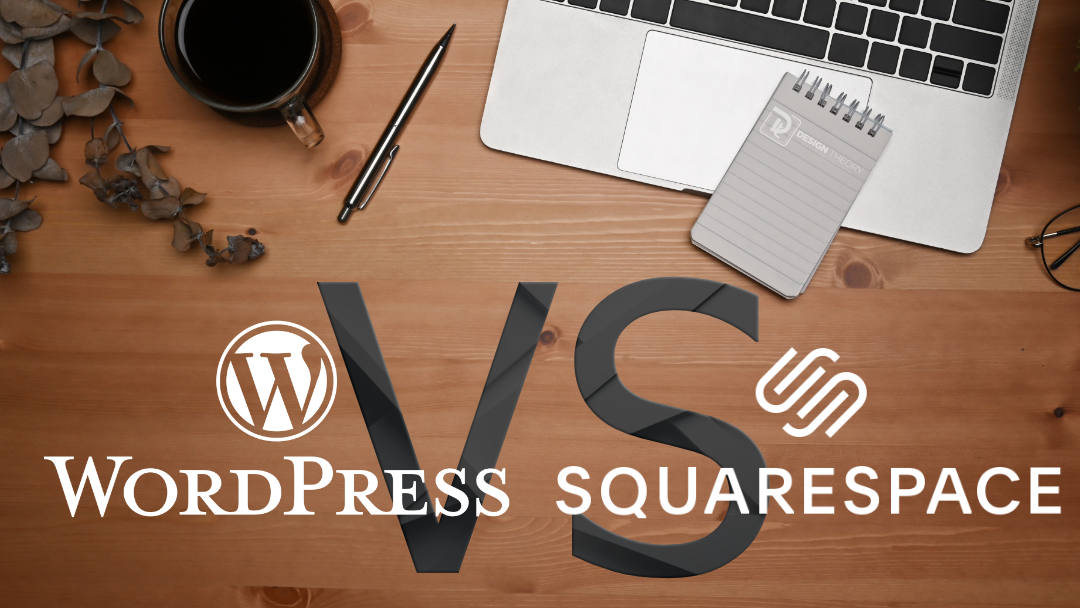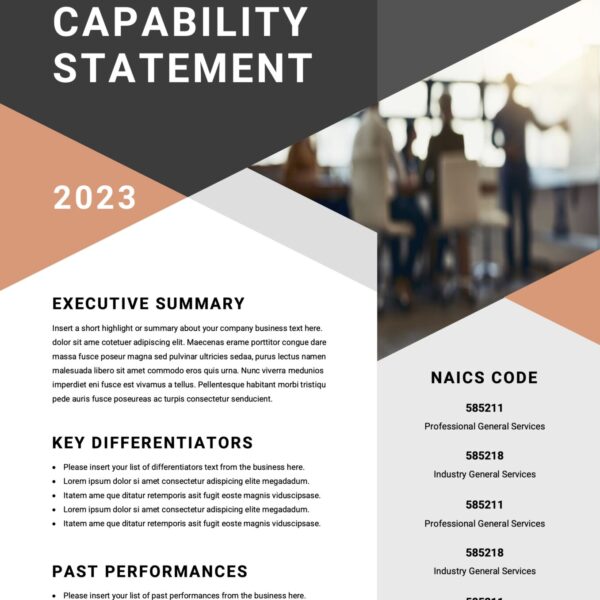
Business Strategy, Graphic Design, Marketing, Security, SEO, Strategy, Web Design, Web Development
A $500 website might look like a deal, but cheap web design comes with hidden costs—lost leads, weak SEO, security risks, and expensive rebuilds. Learn what you’re really paying for and why investing in a professional site saves money long-term.

All Posts, Web Design, Web Development, WordPress
Most new business professionals and entrepreneurs are bootstrapping when they’re starting their new venture. Hiring a staff or agency isn’t always financially possible, and so they’ll try and learn and do as much as they can to get their business to...
All Posts, Web Design, Web Development
This is a touchy topic for some people because it involves the main thing we’re all battling with in the current economy – MONEY. Depending on how familiar you are with the web world and which side you fall on (user/consumer or developer/geek), the cost of...
All Posts, How to, Web Design, Web Development
Found this application from Adobe recently and though to share my experience with all of you. If you’ve been in the design industry for about a year, chances are you’ve worked on or own a Mac computer. I’m not going to get into how or why Mac’s...
All Posts, Marketing, Social Media, Web Design
We’ve all heard the old adage, you only get out of it (a particular action) what you put into it. And that is so true when it comes to the online marketing of your business and the sweat equity you put into it. It takes time, effort and can also cost a considerable...




